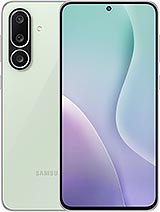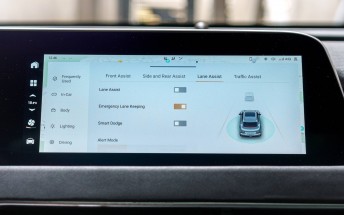A timeline of the Huawei ban: what happened so far and what to expect

Last Friday the US Commerce Department added Huawei to the “Entity List”, aka the blacklist. Essentially, this meant that US companies are banned from exporting hardware and software to Huawei. The full impact of this became clear just days later.
Over the weekend Google suspended Huawei’s access to its services – Huawei can still use Android AOSP, but not the Play Store or other Google-run services. Existing devices will keep working and even receiving security updates.
On Monday, the US decided to delay the ban by 90 days. A few days earlier Huawei announced that it has stockpiled chips and vital components enough to last it three months. It’s not clear if this means that the company can continue selling phones in the short term.
The Honor 20 and 20 Pro were announced on Tuesday, but a release date has not been set. That same day the Huawei Mate 20 Pro was pulled from the Android 10 Q beta program, so major OS updates are on hold (again, security updates should continue to be released).

On Wednesday, ARM cut ties with Huawei. The company’s Kirin chipsets use ARM cores for both the CPU and GPU (Cortex and Mali), ARM designs are also used in the company’s 5G network chips.
On Thursday, TSMC announced it will continue fabbing Huawei chips. Also, a source told the BBC that the Kirin 985 isn’t affected by the ban, at least not directly. Indirectly, there’s no phone to put it in (the Mate 30 would likely have been the debut of the 985 chip).
If the US takes Huawei off the Entity List in the next few weeks, everything should return to normal. Well, not quite – Huawei will certainly step up its efforts on reducing its dependence on US hardware and software. It’s already working on an OS in house.
If the ban remains in place for longer, Huawei will certainly be hurt and it may be hard to recover – its rivals will quickly take over any lost market share outside of China. Huawei will lose revenue.
And if this takes several months to resolve, Huawei’s business outside of China may be over. Clearly, the company will keep operating in its home country. However, its smartphone, laptop and network equipment business abroad may not recover.
Here’s a quick rundown of other companies that stopped shipments to Huawei. The company may find some local alternatives (e.g. BOE displays), but it will be hard to replace everything.

EE is launching the first 5G network in the UK on May 30, but it abandoned plans to sell Huawei 5G phones. Vodafone similarly paused pre-orders for the Huawei Mate 20 X (5G). Japanese carriers KDDI, NTT Docomo and SoftBank have delayed the launch of new Huawei phones (by the way, SoftBank owns ARM).
Huawei was kicked out of the SD Association, meaning it can’t release new models with a microSD slot. It does have its own NM card format, but those are manufactured by Toshiba and Toshiba just stopped shipments to Huawei.

Panasonic also suspended trade with Huawei. Intel, Qualcomm, Xilinx and Broadcom have also halted shipments to Huawei. This hurts not just the company’s smartphone business, but its PC and server operations as well.
Memory maker Infineon was reported to have cut ties with the smartphone maker too, but the company has denied that.
Huawei is protesting the US Commerce Department’s decision and claims it has backup plans in place. However, a lot happened in the span of a week and it has hurt not just Huawei but its US partners too. What happens next will be one for the history books.
Related
Reader comments
- Vegetaholic
- 16 Jun 2019
- mE0
Nothing is easy in such a dynamic market. Huawei will take years to build its own chip with its own architecture same with OS, meaning they will not be around to witness it. There is basically no other option for Huawei as just to pray China will ple...








 Samsung
Samsung Samsung
Samsung OnePlus
OnePlus Honor
Honor Samsung
Samsung


